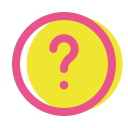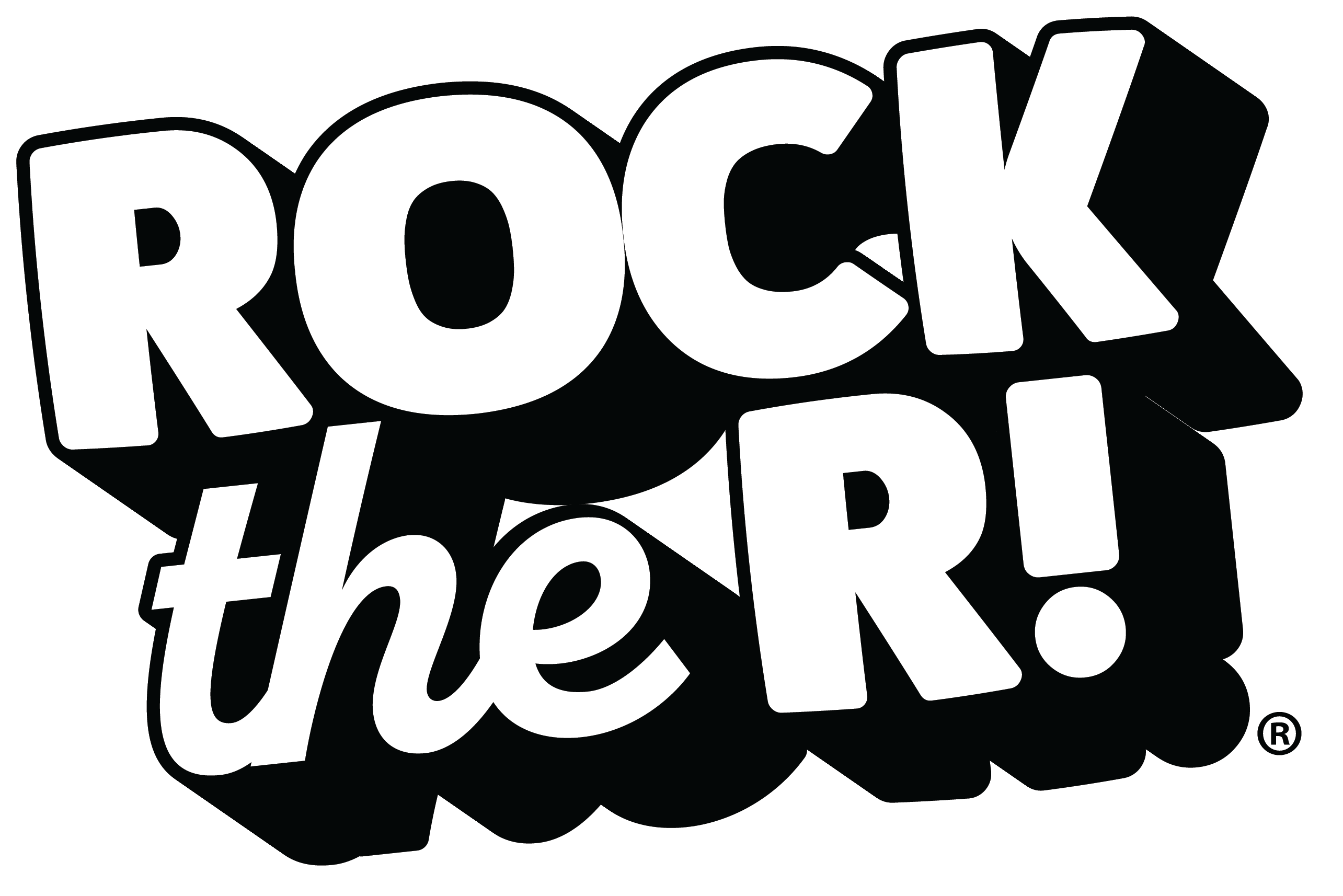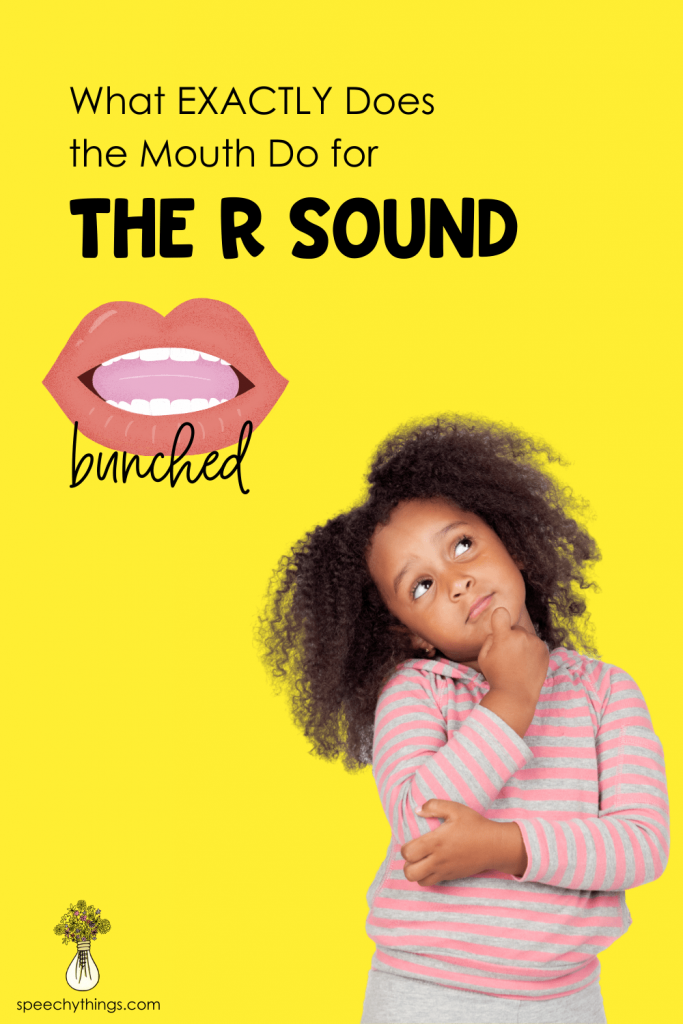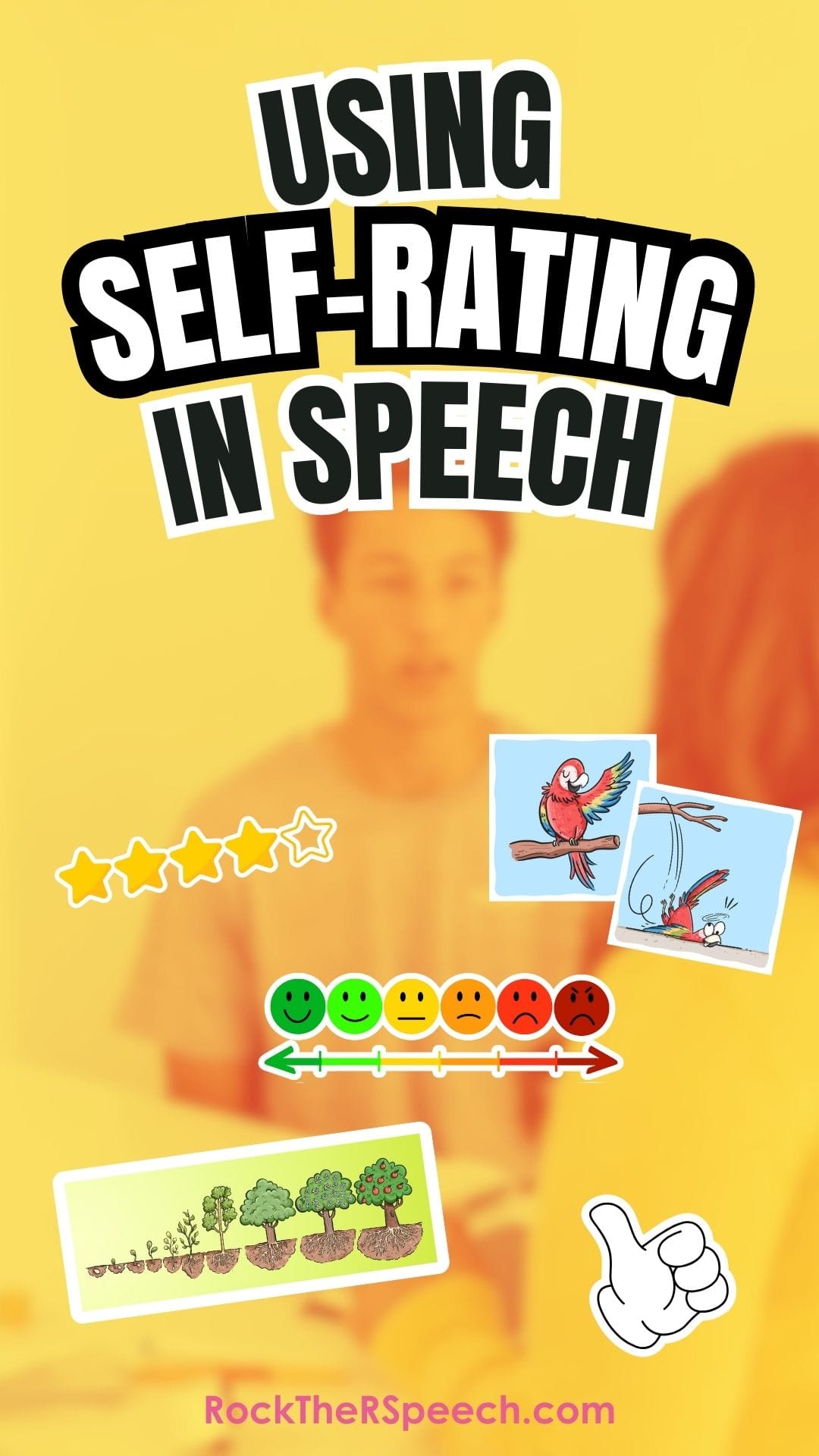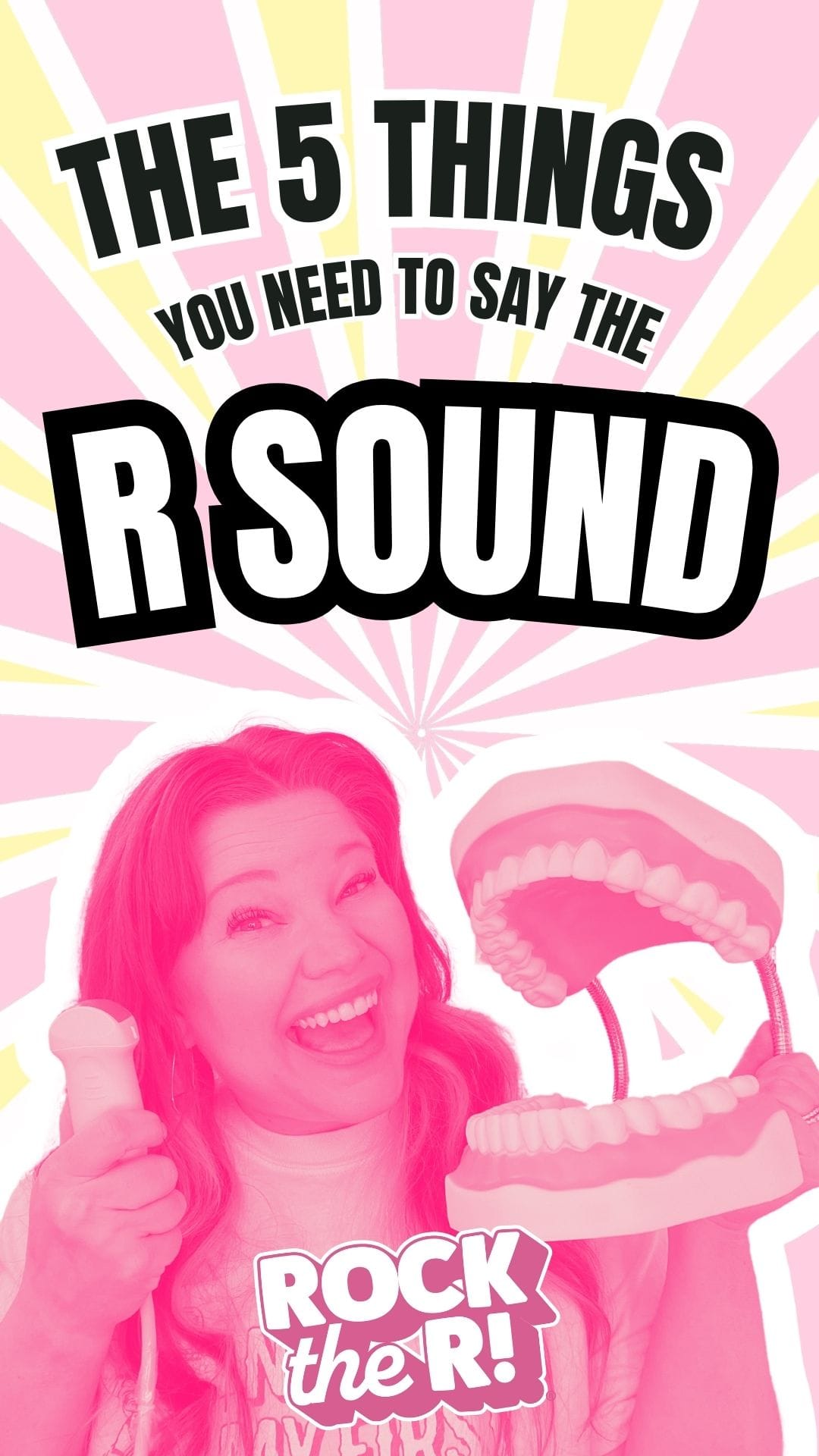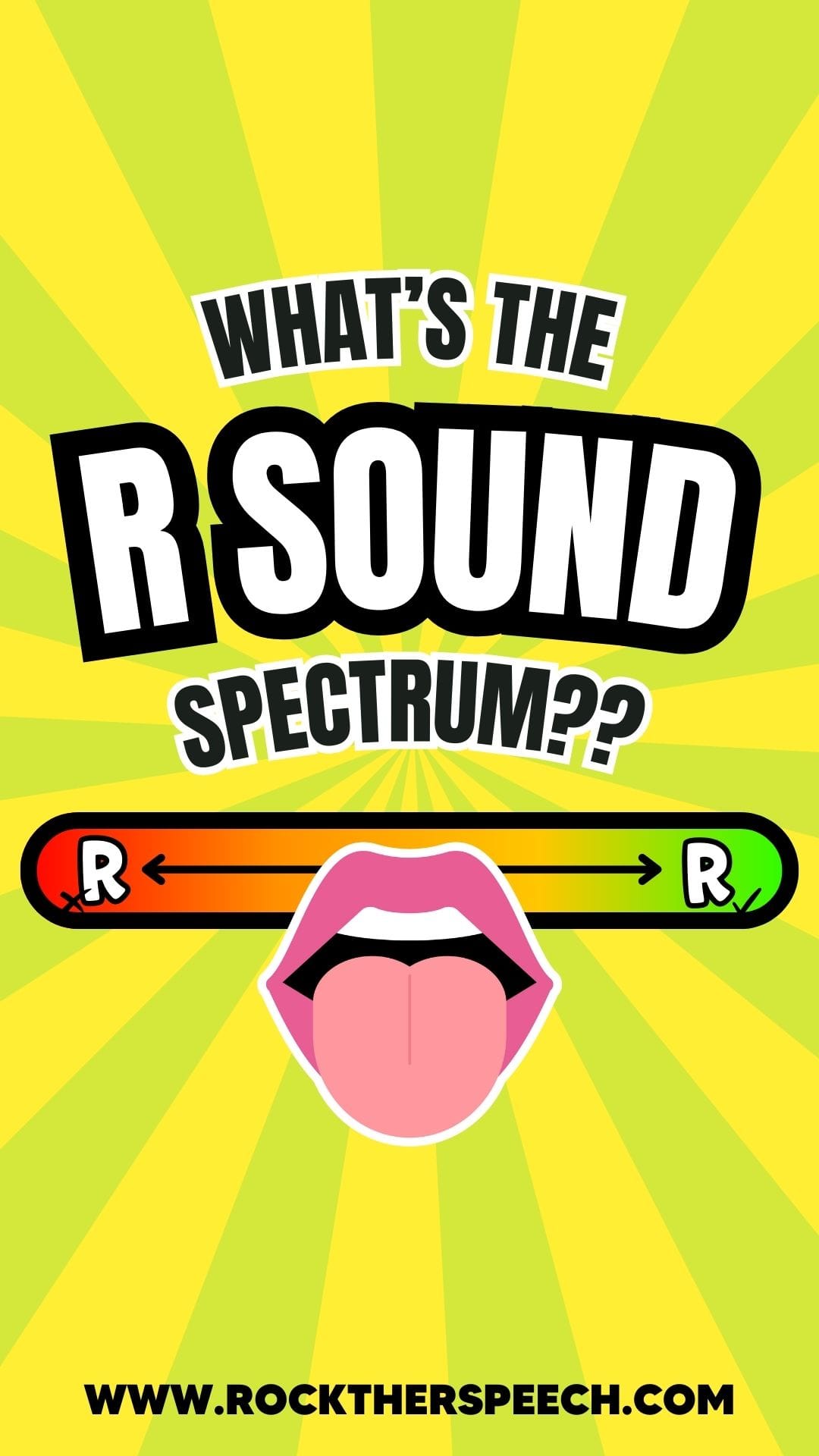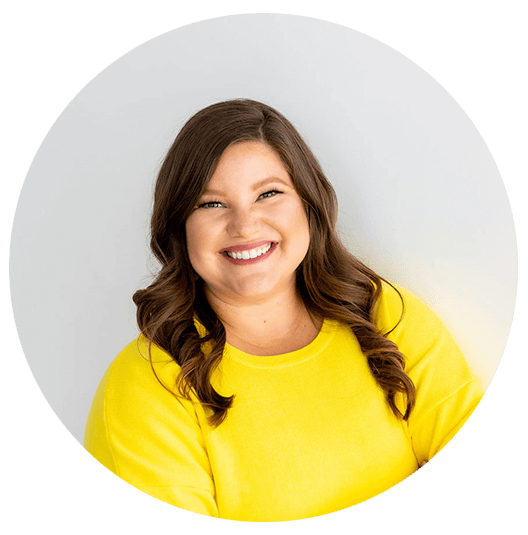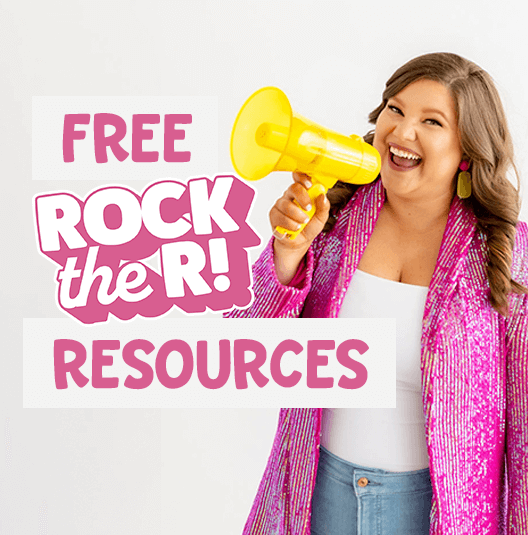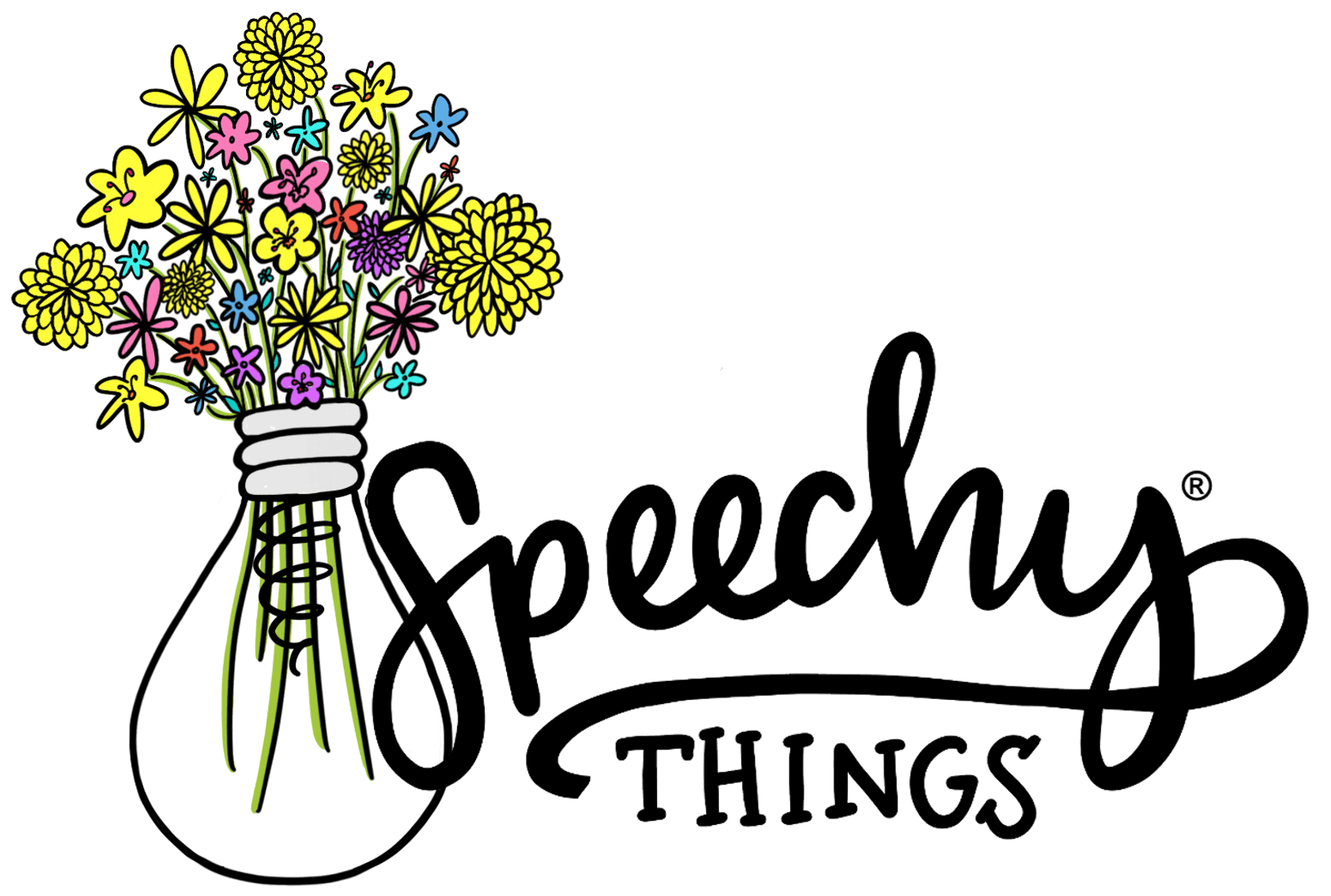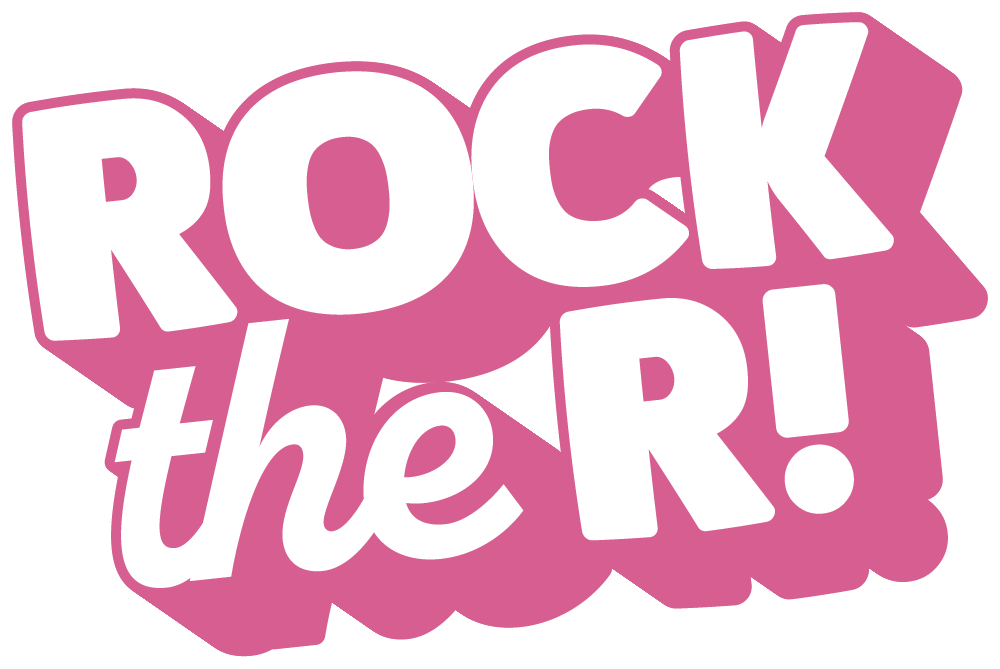First things first, whether we are working on bunched R or retroflex R, we need to familiarize our students (and ourselves!) with the anatomy of the tongue at the beginning of therapy. It’s so important, in fact, that I often include anatomy lessons in my R resources, including this freebie in my TpT shop.
Okay great! Now we know the difference between the tip, the blade, and the root…. but now what? What does it all mean for the R sound? Preston, et al, 2020 gives us an awesome explanation to bolster our own knowledge of this complex phoneme. Here’s the breakdown:
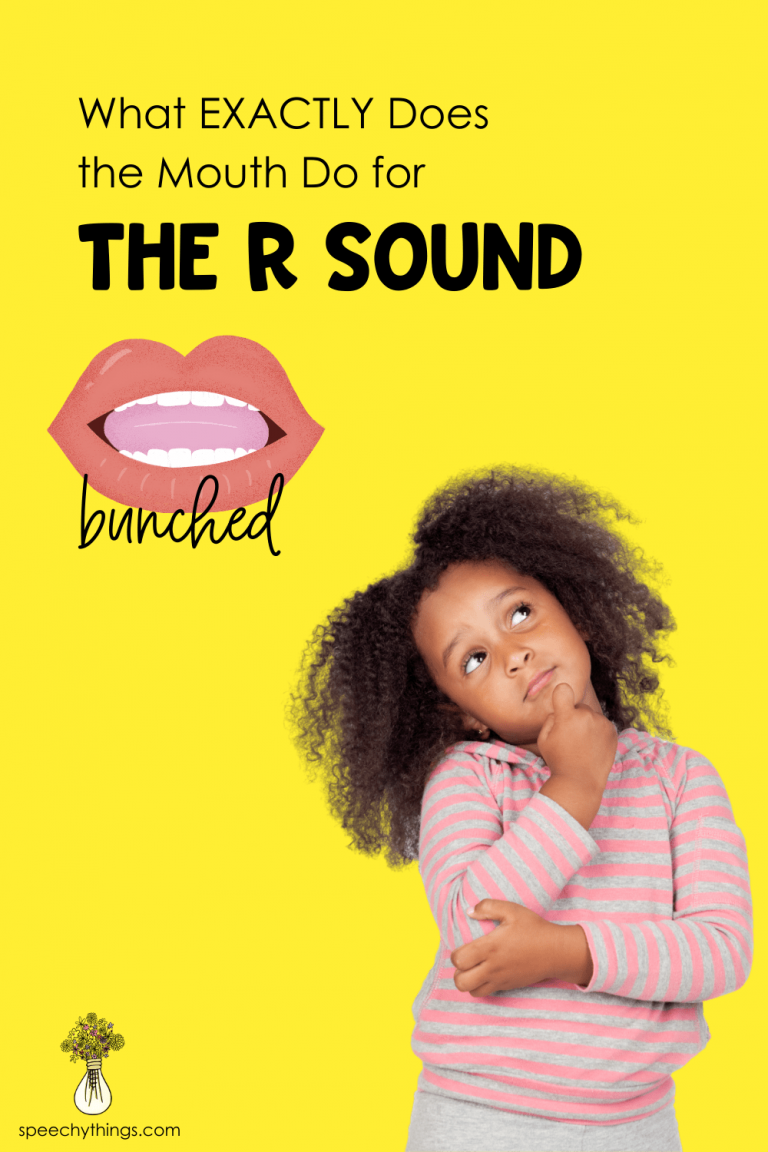
Tongue Tip
raised- either pointed straightforward or down
Sides of Tongue
touching top molars/gums
Back of Tongue (root)
retracted, lower than tongue tip
Back of Tongue (middle)
lower than the sides (like a “bowl”)
Lips
slightly rounded
Jaw
slightly open
By the way, although most people use a bunched R, I actually find retroflex is easier to teach. (So much so, that it inspired my best-selling resource.) For more info on how the mouth produces bunched R, you can read this blog post.
R is such a tough sound to teach but you’re doing all the right things to help your students. Rock on, friend! I’m here if you need anything!


